Deskripsi
I. Pendahuluan
Korosi adalah masalah umum di banyak industri, terutama yang menggunakan pipa. Ini dapat menyebabkan bahan dikenakan dan dapat memengaruhi keamanan dan produktivitas operasi. Karena itu, penting untuk mengawasi dan mengelola korosi. Salah satu cara terbaik untuk melakukan ini adalah dengan menggunakan probe pemantauan korosi. Alat -alat yang bermanfaat ini adalah kunci dalam memeriksa dan mengelola seberapa banyak korosi yang terjadi, dan mereka memberikan informasi penting yang dapat membantu menghentikan masalah potensial dan membuat sistem kami bekerja dengan baik. Esai ini akan memberikan rincian lebih lanjut tentang probe pemantauan korosi, termasuk cara menginstalnya, cara kerjanya, dan mengapa mereka penting di industri kita saat ini.
 Ii. Apa itu probe pemantauan korosi?
Ii. Apa itu probe pemantauan korosi?
Probe pemantauan korosi adalah perangkat khusus yang dirancang untuk mengukur dan melacak laju korosi dalam suatu sistem, biasanya pipa di berbagai industri. Probe ini memberikan data berharga yang dapat membantu dalam membuat keputusan berdasarkan informasi tentang pemeliharaan sistem dan strategi pencegahan korosi.
Ada beberapa jenis probe pemantauan korosi, masing -masing dengan tujuan dan aplikasi tertentu. Beberapa jenis umum meliputi:
- Probe Resistensi Listrik: Ini mengukur peningkatan resistensi listrik yang disebabkan oleh kehilangan logam akibat korosi. Mereka sering digunakan untuk pemantauan online dan memberikan data waktu nyata.
- Probe resistensi polarisasi linier: Probe ini menawarkan cara non-destruktif untuk mengukur laju korosi. Mereka berguna untuk memberikan umpan balik cepat tentang perubahan tingkat korosi.
- Probe Galvanik: Probe ini mengukur perbedaan potensial alami antara dua logam yang berbeda. Mereka sering digunakan di lingkungan di mana laju korosi relatif seragam.
- Kupon Penurunan Berat Badan: Meskipun bukan probe tradisional, ini adalah potongan -potongan logam yang terpapar pada lingkungan korosif untuk periode yang ditetapkan, kemudian dihilangkan dan dianalisis untuk penurunan berat badan untuk menentukan laju korosi.
AKU AKU AKU. Instalasi Probe Korosi
- Pilih probe yang sesuai: Langkah pertama adalah memilih probe yang tepat berdasarkan persyaratan sistem dan jenis korosi yang ingin Anda pantau.
- Pilih situs instalasi: Pilih situs yang mewakili seluruh sistem dan di mana korosi kemungkinan terjadi.
- Siapkan situs instalasi: Ini dapat melibatkan pengeboran lubang jika sistem adalah pipa, atau menyiapkan lokasi pemasangan jika sistemnya adalah tangki atau kapal.
- Pasang pemegang probe: Pemegang probe biasanya dipasang terlebih dahulu. Ini dirancang untuk menahan probe dan biasanya memiliki segel untuk mencegah kebocoran.
- Instal probe: Masukkan probe ke dalam pemegang. Pastikan duduk dengan benar dan aman.
- Hubungkan probe ke sistem pemantauan: Setelah probe diinstal, perlu dihubungkan ke sistem pemantauan. Ini bisa melibatkan menjalankan kabel, atau dalam hal probe nirkabel, memastikannya dipasangkan dengan baik dengan sistem pemantauan.
- Kalibrasi probe: Sebelum probe dapat memberikan bacaan yang akurat, perlu dikalibrasi. Ini melibatkan membandingkan pembacaan probe dengan standar yang diketahui dan menyesuaikan seperlunya.
- Periksa kebocoran dan masalah lainnya: Setelah probe diinstal dan dikalibrasi, periksa kebocoran apa pun di sekitar pemegang probe. Pastikan probe memberikan bacaan ke sistem pemantauan.
- Mulailah memantau: Setelah semuanya dipasang dan diperiksa, Anda dapat mulai memantau korosi.
Faktor yang perlu dipertimbangkan selama pemasangan probe korosi
- Jenis Probe: Berbagai jenis probe dirancang untuk berbagai aplikasi dan kondisi operasional. Sebagai contoh, probe resistensi listrik lebih cocok untuk lingkungan dengan laju korosi yang tinggi, sedangkan probe resistensi polarisasi linier lebih tepat untuk lingkungan dengan berbagai laju korosi.
- Lokasi Probe: Lokasi di mana probe dipasang sangat penting untuk pengukuran laju korosi yang akurat. Probe idealnya harus ditempatkan di lokasi yang representatif di mana korosi diharapkan atau di daerah kritis di mana kegagalan dapat memiliki konsekuensi yang signifikan.
- Lingkungan dan Kondisi Operasional: Kondisi di mana probe akan beroperasi - termasuk suhu, tekanan, kecepatan fluida, dan jenis agen korosif - dapat sangat mempengaruhi jenis probe yang digunakan dan cara pemasangannya. Misalnya, lingkungan suhu tinggi mungkin memerlukan probe yang terbuat dari bahan yang dapat menahan kondisi seperti itu.
- Aksesibilitas: Probe harus dipasang di lokasi yang mudah diakses untuk pemeliharaan, kalibrasi, dan pengambilan data.
- Keamanan: Keselamatan harus selalu menjadi prioritas saat memasang probe. Ini termasuk mempertimbangkan faktor -faktor seperti tekanan sistem, potensi kebocoran, kompatibilitas probe dengan bahan sistem, dan potensi bahaya lingkungan kerja.
- Persyaratan Pengumpulan Data: Frekuensi dan jenis data yang diperlukan akan mempengaruhi pilihan penyelidikan dan pemasangannya. Misalnya, jika data real-time berkelanjutan diperlukan, Anda dapat memilih probe yang kompatibel dengan sistem pemantauan online.
Iv. Prinsip Kerja Penyelidikan Korosi
Probe pemantauan korosi bekerja dengan berbagai cara untuk mengawasi seberapa cepat korosi terjadi. Itu semua tergantung pada jenis probe. Berikut penjelasan sederhana tentang cara kerjanya:
- Probe Resistensi Listrik: Probe ini melihat bagaimana listrik bergerak melalui potongan logam. Saat logam berkarat, ia menjadi lebih tipis dan listrik bergerak lebih lambat. Dengan memeriksa seberapa lambat gerakan listrik, kita dapat mengetahui seberapa cepat logam terkorosi.
- Probe resistensi polarisasi linier (LPR): Probe ini memasukkan sedikit tegangan ke dalam bagian logam dan kemudian melihat seberapa banyak perubahan arus listrik. Jumlah resistensi terhadap perubahan ini dapat memberi tahu kami tingkat korosi. Hal yang baik tentang probe LPR adalah bahwa mereka memberi kami umpan balik cepat tentang laju korosi.
- Probe Galvanik: Probe ini menggunakan dua logam yang berbeda dan mengukur perbedaan potensial listrik alami di antara mereka. Perbedaan ini dapat memberi tahu kami tentang tingkat korosi. Probe galvanik paling baik digunakan di tempat -tempat di mana korosi terjadi pada tingkat yang stabil.
- Kupon Penurunan Berat Badan: Ini bukan probe tradisional tetapi mereka bekerja dengan cara yang sederhana. Sepotong logam, yang dikenal sebagai kupon, ditinggalkan di lingkungan korosif untuk waktu tertentu. Setelah waktu itu, dibersihkan, dibersihkan, dan ditimbang. Perubahan berat badan menunjukkan berapa banyak bahan yang hilang karena korosi, dan ini dapat memberi tahu kami laju korosi.
V. Manfaat dan Keterbatasan Probe Pemantauan Korosi
Manfaat probe pemantauan korosi
- Deteksi Dini: Probe dapat mendeteksi korosi pada tahap awal, bahkan sebelum terlihat oleh mata telanjang. Ini memungkinkan untuk tindakan perbaikan yang cepat sebelum korosi meningkat ke tingkat kritis.
- Pencegahan Kegagalan: Dengan memberikan peringatan dini, probe dapat membantu mencegah kegagalan bencana seperti kebocoran atau pecahnya pipa, yang dapat memiliki keamanan dan implikasi lingkungan yang parah.
- Penghematan biaya: Probe dapat membantu menghemat biaya dalam jangka panjang dengan mengidentifikasi korosi lebih awal, memungkinkan untuk pemeliharaan preventif daripada perbaikan atau penggantian yang lebih mahal setelah kegagalan terjadi.
- Perpanjangan Hidup Aset: Pemantauan rutin dapat membantu memperpanjang umur aset dengan memastikan bahwa korosi dikelola secara efektif.
- Data untuk strategi manajemen korosi: Data dari probe korosi dapat membantu dalam mengembangkan strategi manajemen korosi yang efektif dan dalam menilai efektivitas langkah -langkah kontrol korosi saat ini.
Keterbatasan probe pemantauan korosi
- Representativeness: Data yang diperoleh dari probe hanya mewakili lokasi spesifik di mana probe diinstal. Jika korosi tidak seragam di seluruh sistem, probe mungkin tidak memberikan gambaran yang akurat tentang laju korosi keseluruhan.
- Gangguan: Beberapa probe dapat dipengaruhi oleh faktor -faktor lain dalam sistem, seperti perubahan kecepatan atau suhu fluida, yang dapat mengganggu pembacaan.
- Tantangan Instalasi: Pemasangan probe bisa rumit, terutama dalam sistem tekanan tinggi atau suhu tinggi, dan mungkin memerlukan shutdown sistem.
- Pemeliharaan: Probe memerlukan pemeliharaan dan kalibrasi rutin untuk memastikan pembacaan yang akurat. Jika tidak dipelihara dengan baik, data yang diperoleh bisa menyesatkan.
- Biaya: Pengaturan awal dan pemeliharaan sistem pemantauan korosi bisa mahal, meskipun biaya ini sering kali lebih besar daripada potensi biaya kegagalan.
VI. Kesimpulan
Corrosion Monitoring Probes are really important in lots of industries like oil and gas, chemical production, and water treatment. They’re important because they can spot corrosion early, stopping bigger problems before they happen. This can keep people safe, protect the environment, and also save money. By having up-to-date information on how fast corrosion is happening, these probes let us step in and fix things before they get worse. This can mean equipment lasts longer and costs less to look after. The information from these probes also helps us make plans to manage corrosion effectively, adding to their usefulness.
Untuk menyelesaikannya, probe pemantauan korosi adalah alat yang sangat berguna untuk mengelola dan mencegah korosi. Meskipun ada beberapa tantangan, seperti memastikan data mewakili seluruh sistem dan menjaga probe berfungsi dengan benar, manfaatnya biasanya lebih besar daripada masalah ini. Rahasia menggunakan probe ini secara efektif adalah memahami cara kerjanya, menginstalnya dengan benar, dan memahami data yang mereka berikan sehubungan dengan sistem tertentu dan bagaimana ia beroperasi. Dengan melakukan ini, industri dapat menggunakan probe ini tidak hanya untuk mengawasi korosi, tetapi juga untuk mengurangi dampaknya. Ini dapat membuat operasi mereka lebih efisien, lebih aman, dan lebih berkelanjutan.

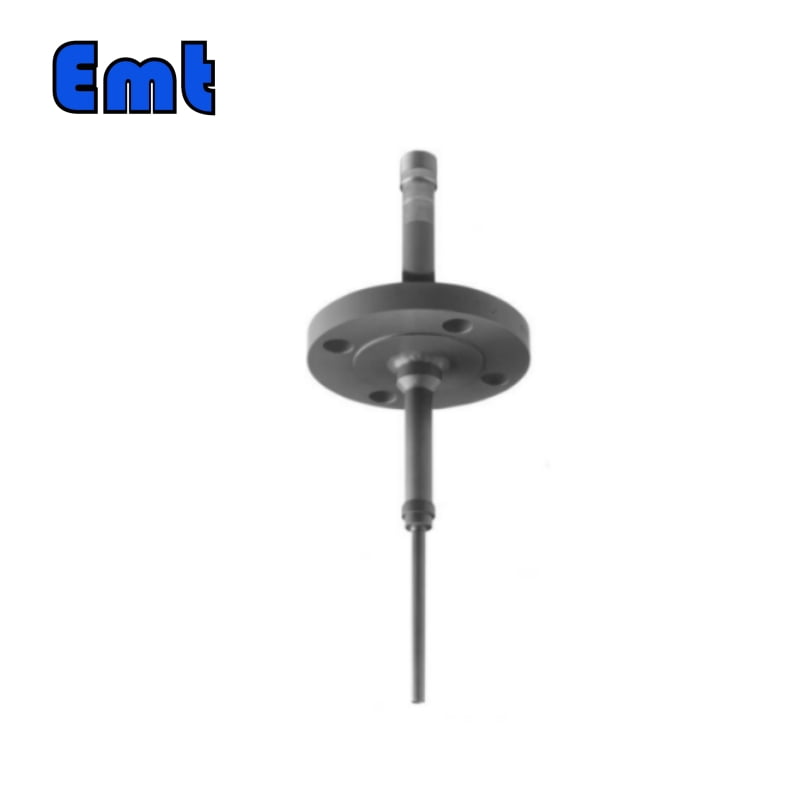
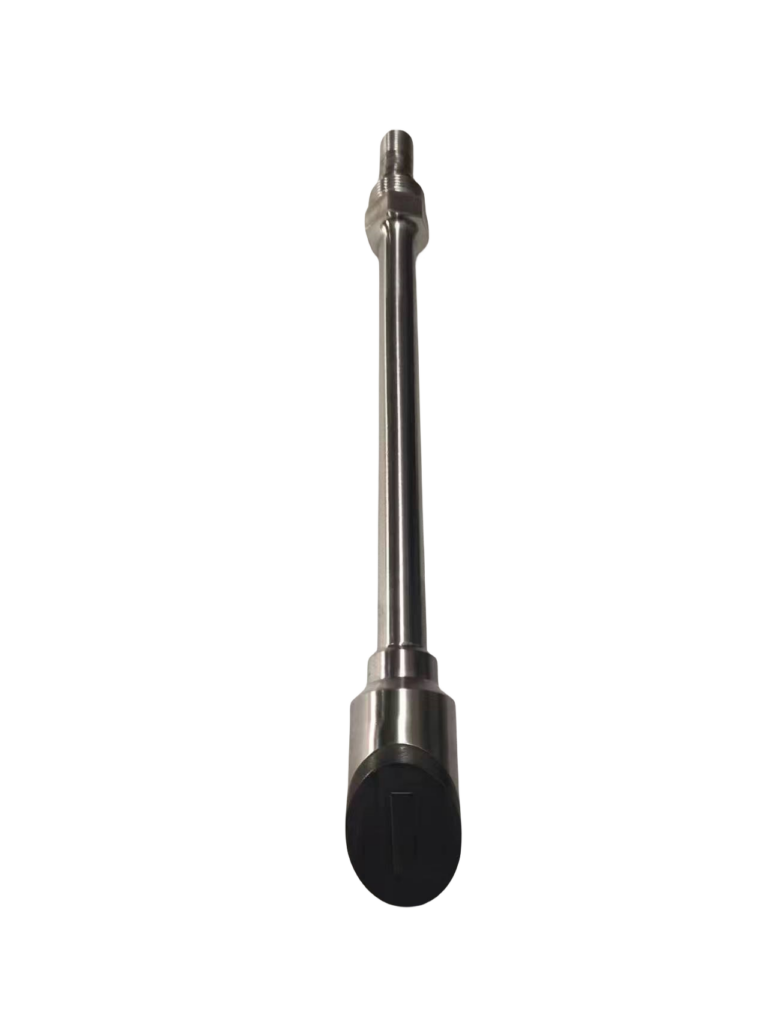 Ii. Apa itu probe pemantauan korosi?
Ii. Apa itu probe pemantauan korosi?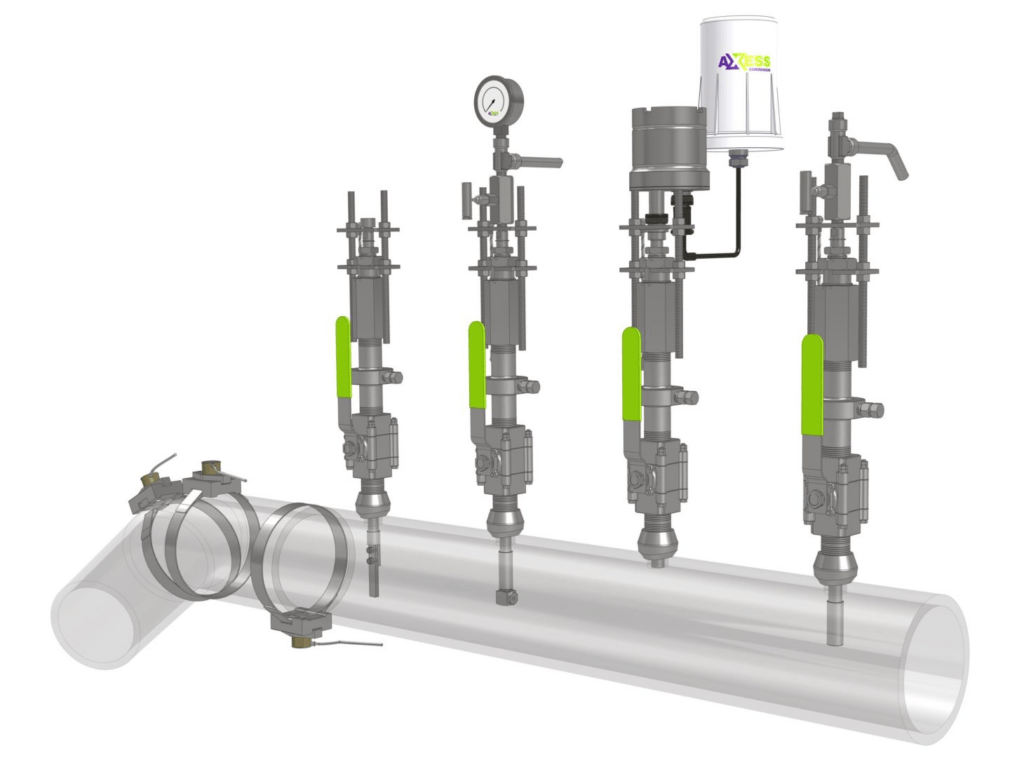
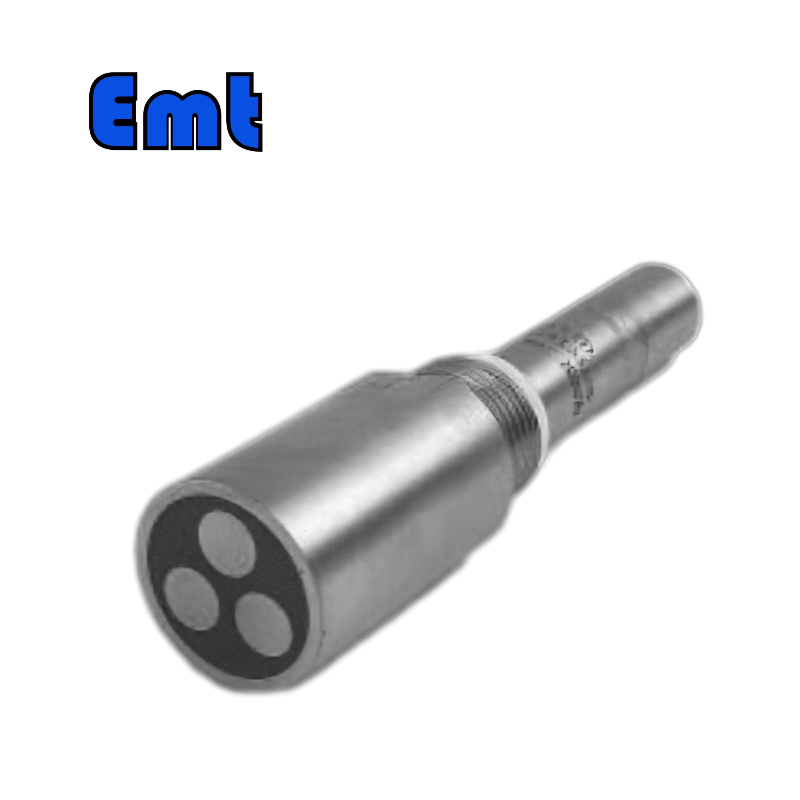
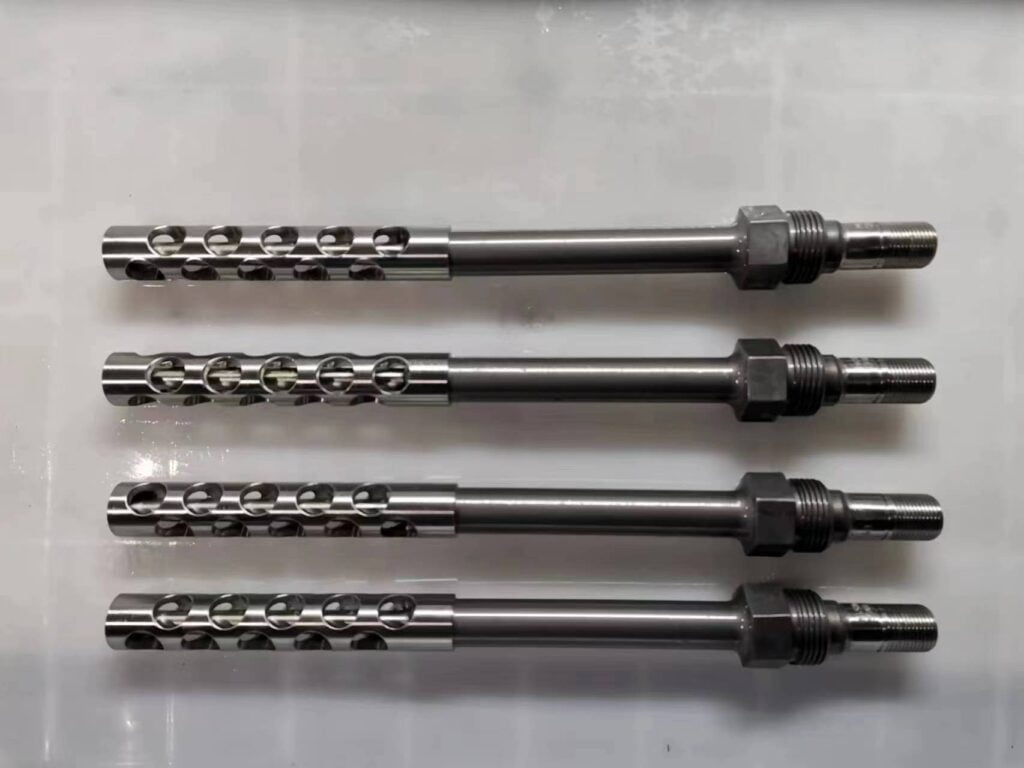
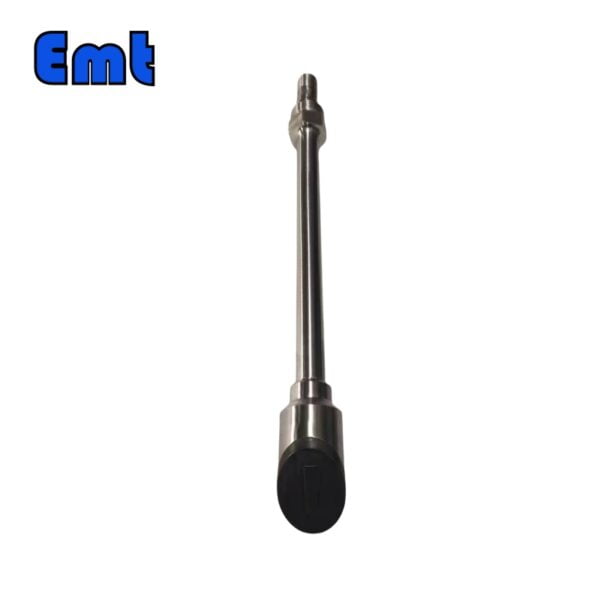
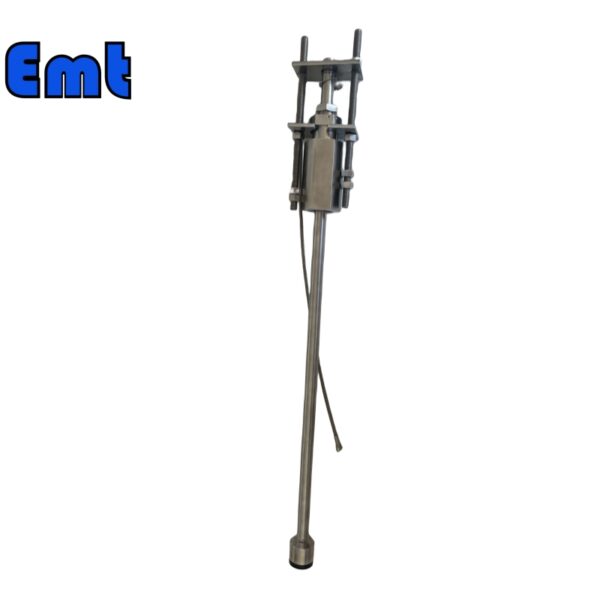
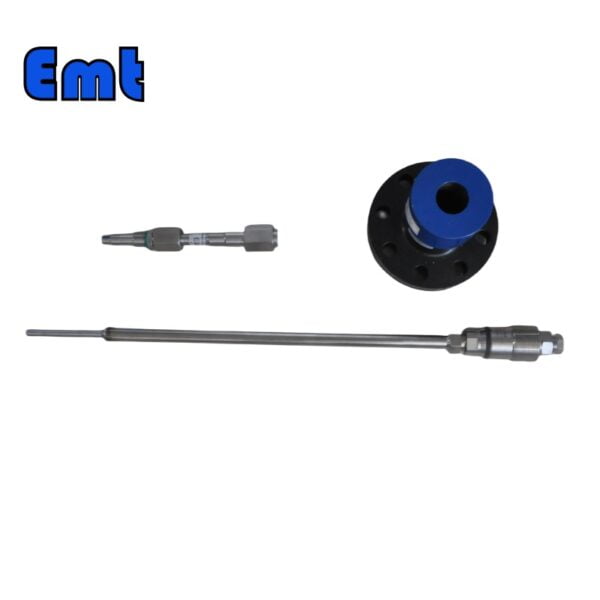
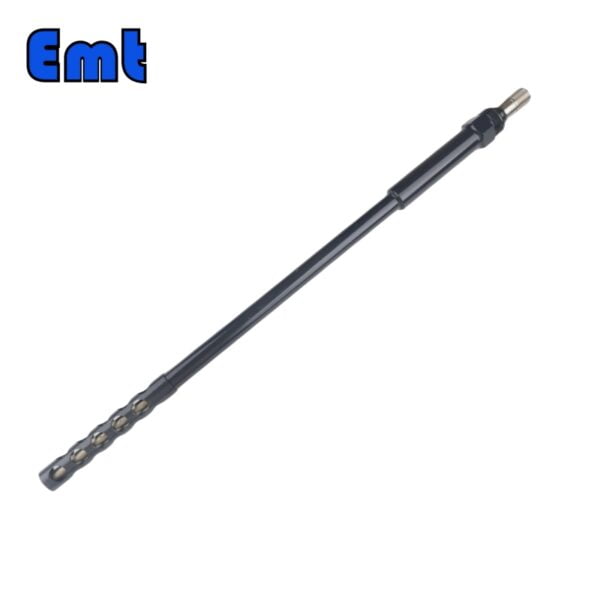
Ulasan
Belum ada ulasan.